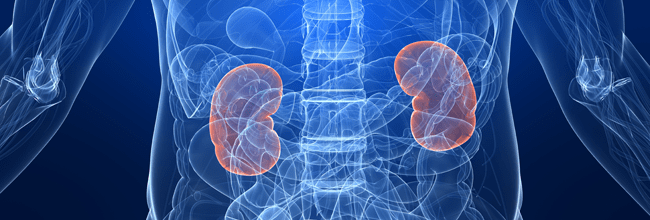Even though epidemiological research has helped increase the understanding of acute kidney injury, it was difficult to define the molecular mechanisms that match clinical phenomenology. Researchers analyzed biomarkers associated with renal stress as well as markers of glomerular function to determine if this strategy could aid in predicting AKI or other relevant endpoints. Patients included in the prospective multinational Sapphire trial had their urine tested for [TIMP-2]·[IGFBP7], serum creatinine, plasma cystatin C, and plasma proenkephalin 119–1592. The primary goal was the development of KDIGO stages 2–3 within 12 hours, while the secondary endpoint was the occurrence of significant adverse renal events within 30 days (MAKE30). About 100 individuals (14%) attained the primary goal. Renal stress markers fared better than glomerular function markers. Combining [TIMP-2]•[IGFBP7] with serum creatinine, but not with the other functional indicators, enhanced the area under the ROC curve (AUC) considerably (P=0.02) from 0.80 (0.76–0.84) to 0.85 (0.81–0.89). All markers of glomerular filtration, but not [TIMP-2]·[IGFBP7], were significantly higher in patients with a history of CKD who did not develop AKI (P<0.05). The addition of the cell-cycle arrest biomarkers TIMP-2 and IGFBP7 to blood creatinine, but not cystatin C or PENK, enhanced risk classification for the development of stage 2 or 3 AKI in comparison to [TIMP-2]·[IGFBP7] alone.
Source – sciencedirect.com/science/article/abs/pii/S0883944122000958


